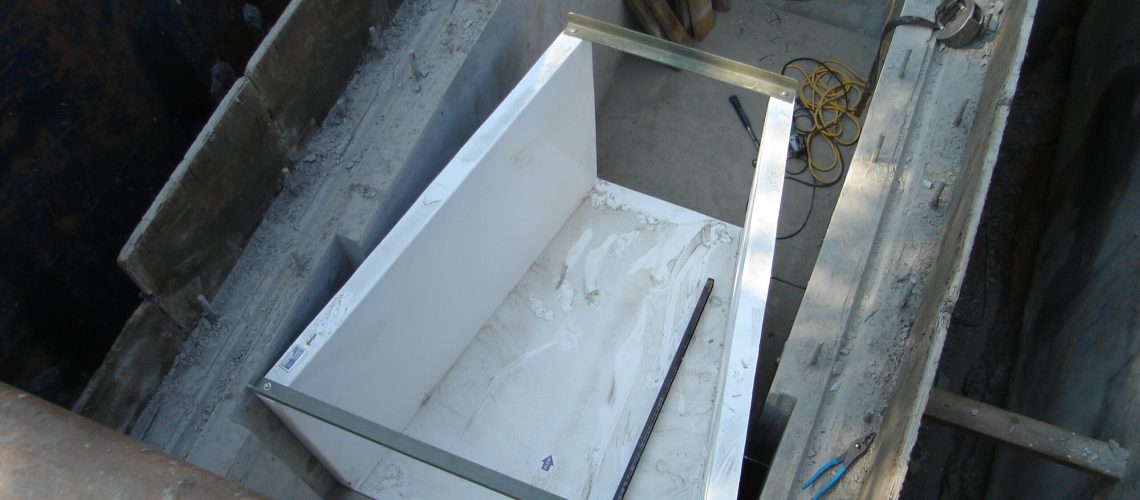Montana flumes are among the most popular types of flume designs on the market thanks to their small size and easy installation. If you’re looking for a flume for your flow channel, be sure to consider the Montana flume. It’s only applicable in certain situations, but when it fits, it can make the entire flow measurement process significantly easier. Learn all about the Montana flume and discover its benefits and drawbacks.
Montana Flume Basics
Montana flumes are among the more simplistic flume designs available. You can think of them as a shortened version of a Parshall flume but with the throat and discharge sections absent, leaving just the primary approach section. These flumes tend to look like triangles, though there are some design modifications that you can opt for instead.
It’s important to recognize that a Montana flume is not a short-section Parshall flume. A short-section Parshall is a Parshall flume with the discharge section removed, while a Montana flume is a Parshall flume that’s missing both the discharge section and the throat. Montana flumes can be implemented in a wide variety of applications, including sanitary flows, irrigation studies and seepage monitoring.
Montana Flume Advantages
When using the Montana flume, there are several distinct advantages you can enjoy. First, you won’t have to use any different equations to calculate the flow rate compared with what you’d use for a full-size Parshall flume. All the equations and tables are the same. Additionally, Montana flumes are still compatible with Parshall inlet end adapters, with some Montana flumes even coming with them.
Montana flumes are relatively small in size, and that alone brings several notable advantages. You’ll need less overall space for installation, and they’re relatively lightweight. These factors make installation a breeze, which is only enhanced further by Montana flumes always having flat bottoms. With their ease of fabrication and lack of extensive labor, Montana flumes are among the most affordable wastewater solutions available.
Montana Flume Disadvantages
Not everything about the Montana flume is an advantage. The primary drawback is that Montana flumes have no way to deal with submergence. Not only will submergence throw off all your measurements, but it could render the flume entirely useless. It’s tough to control submergence as well because there’s no discharge end adapter for flow collection.
With these submergence limitations, Montana flumes can only be installed in flow channels with free-spilling discharge. To be clear, this free-spilling discharge requirement must be consistent at all times. If your flow channel has changing conditions over time, you may find yourself with a useless flume in some conditions.
Montana Flumes From Tracom
If you’re looking to get your hands on a Montana flume, Tracom is happy to help. We have a wide selection of flumes available, or you can work with our team to design a custom fiberglass flume that will fit your flow channel conditions perfectly. Contact us today to get started.



